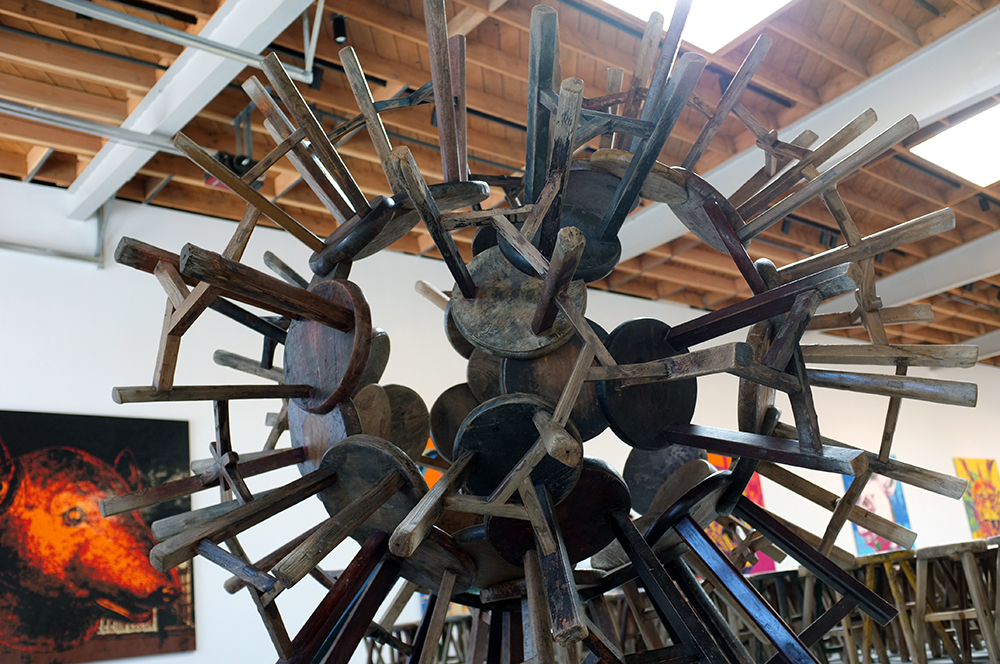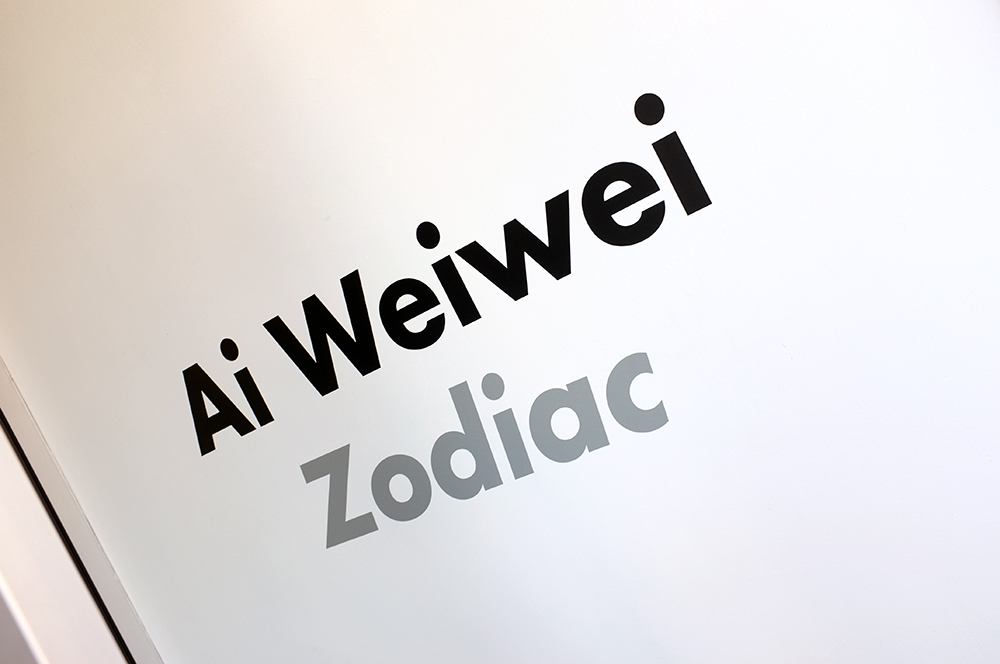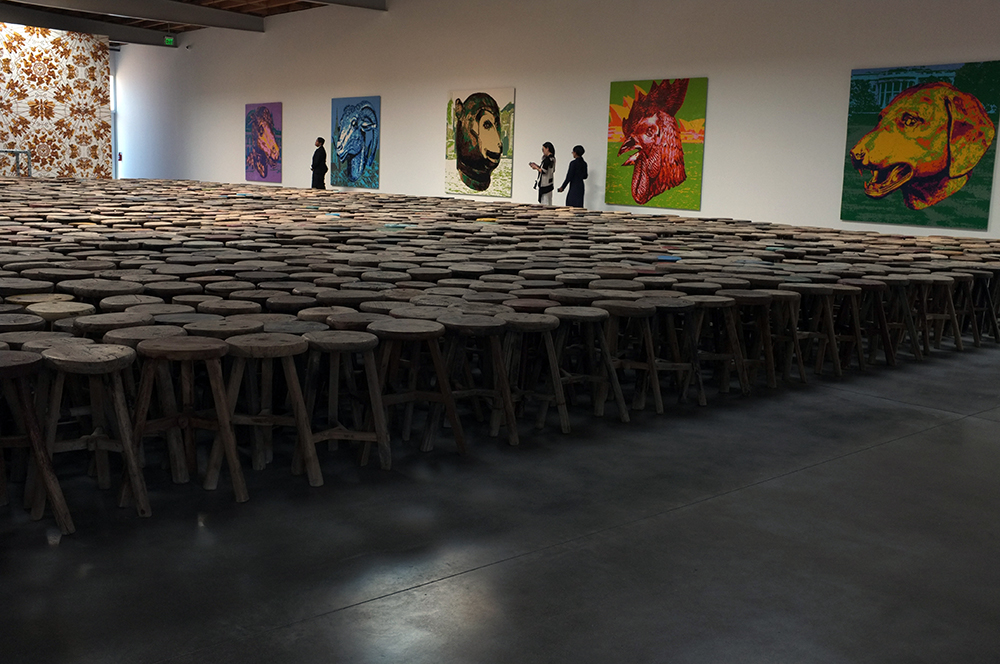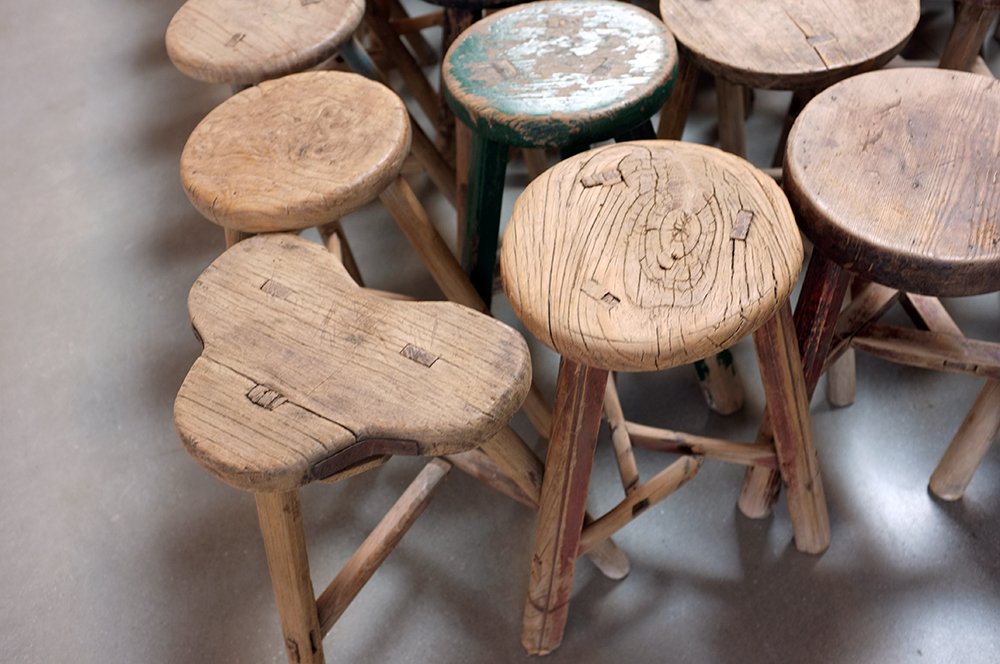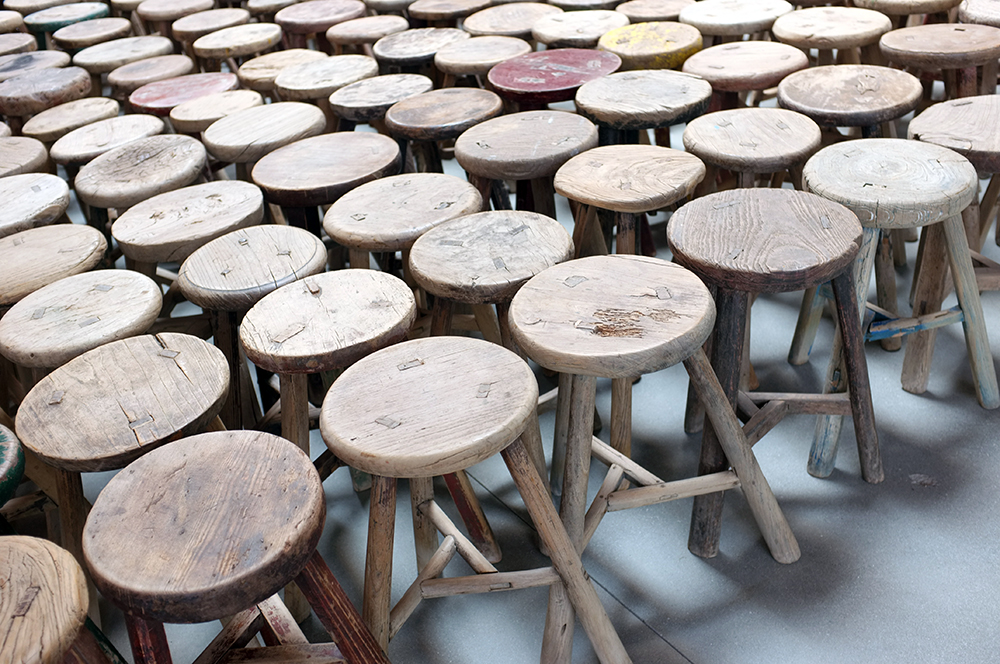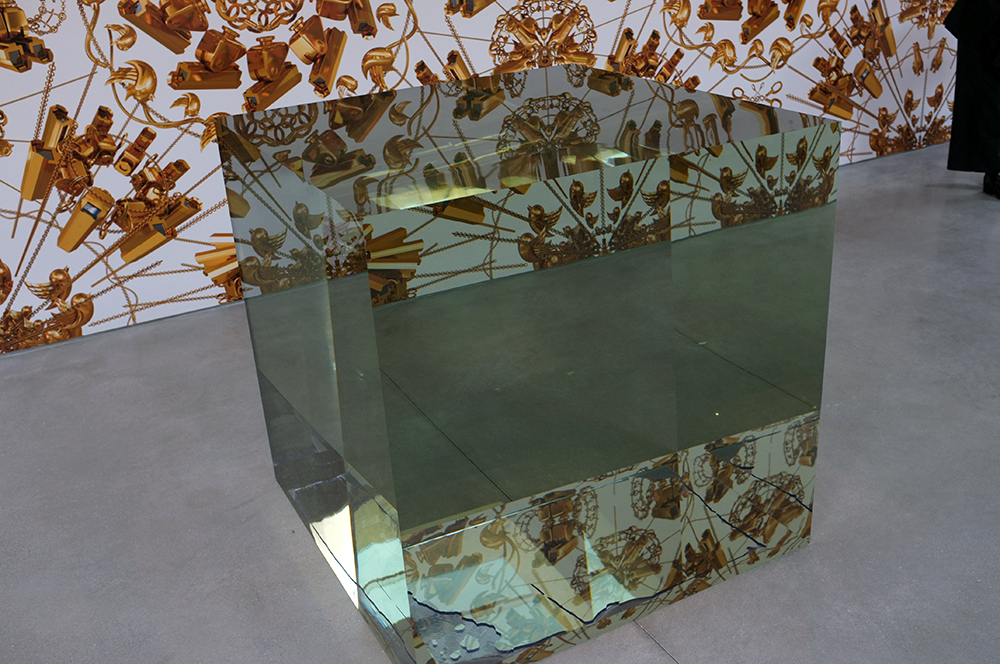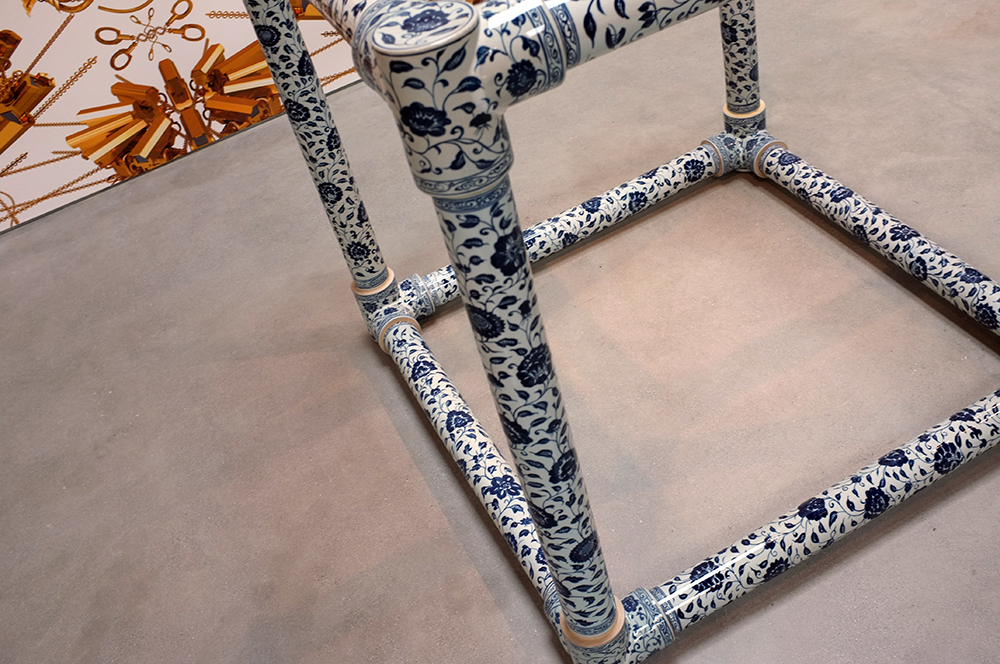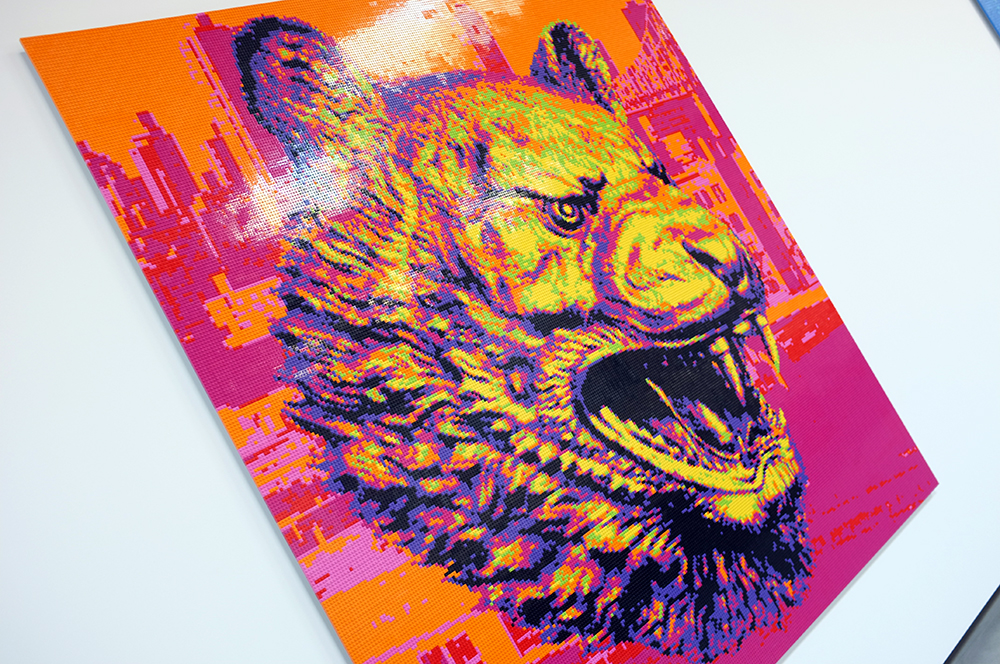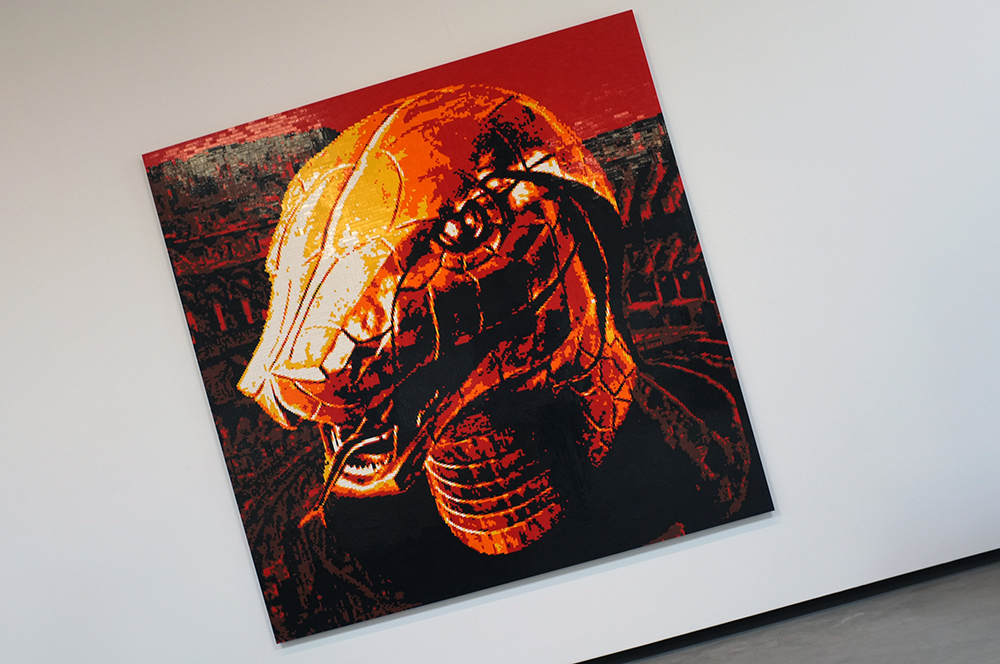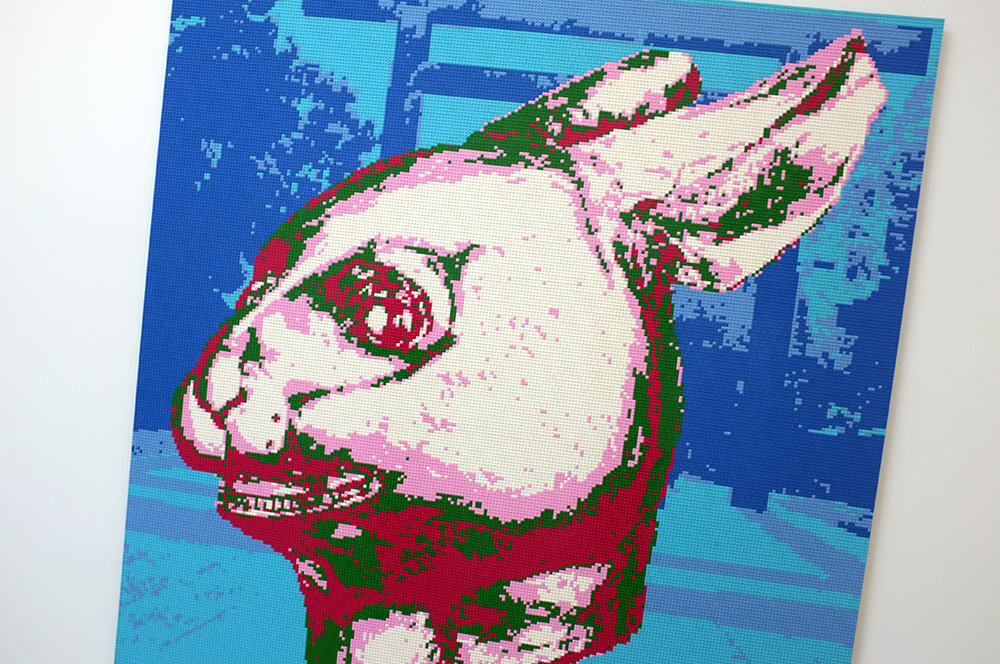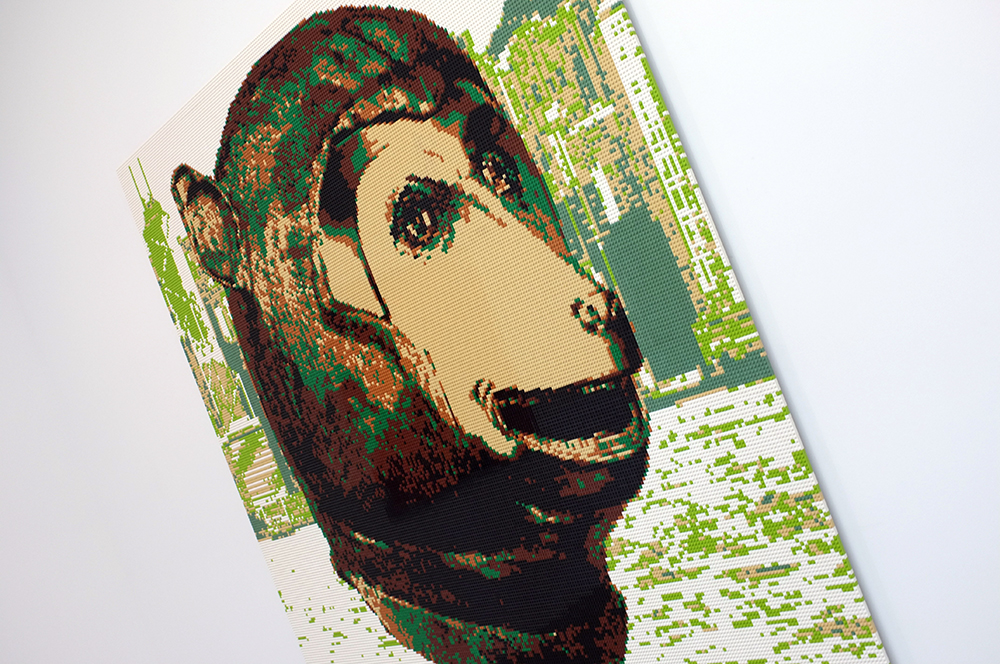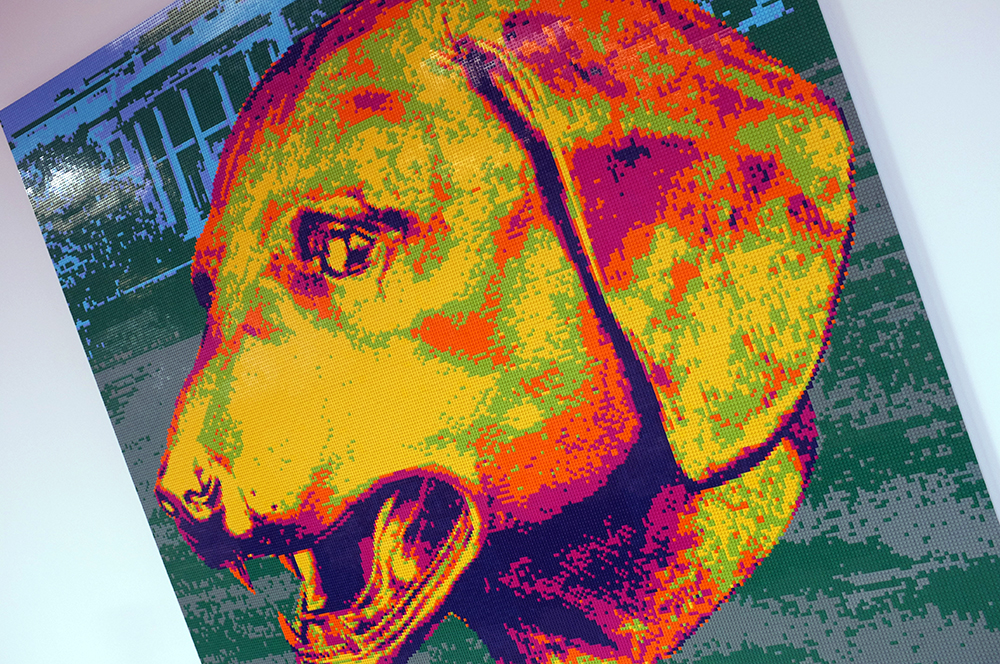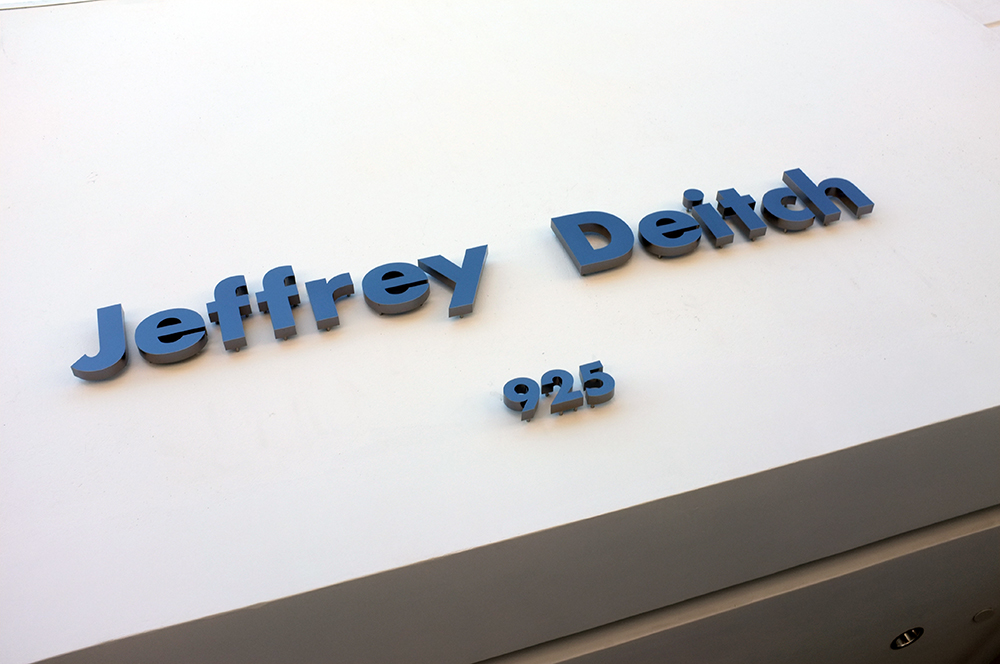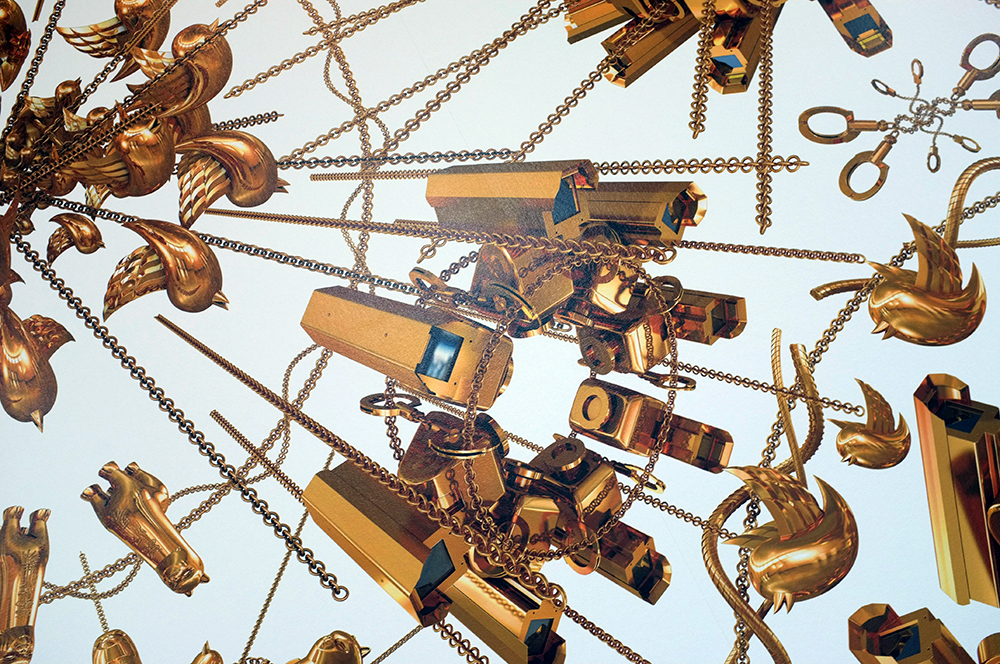One week before this interview, Ai Weiwei’s studio in Beijing was bulldozed by Chinese authorities without any warning. Known for his brazen acts of dissent, Ai has not only challenged authoritarianism in China – the revolutionary polymath has also been extremely vocal about the worldwide refugee crisis. In a constant limbo state of exile, Ai has been living and working in Germany since getting his passport back in 2015. This fall, he will be taking over Los Angeles with three major exhibitions that he sees as one singular expression. At UTA Artist Space—which is housed in a 4,000-square-foot former diamond-tooling facility conceived and designed by Ai—the artist will be showing a series of sculptural works made from marble, including his iconic CCTV camera on a plinth, a Damoclean symbol of our post-capitalist era of state-sponsored surveillance. Central to the exhibition will be Humanity, a performative work and social media campaign that encourages visitors to the gallery to read a passage from Ai’s recent book on the refugee crisis—the footage will be compiled in a 30-minute video. On view until March 2019 at Marciano Art Foundation, Life Cycle will also explore the crisis of global displaced persons by drawing on the artist’s personal experiences and Chinese mythology. The show will include his famous work, Sunflower Seeds, which is comprised of over 49 tons of porcelain sunflower seeds carved and crafted by 1,600 artisans in Jingdezhen, in China’s Jiangxi province. Finally, at Jeffrey Deitch’s new Hollywood Gallery, Ai will present his installation of over 6,000 salvaged wooden stools from the Ming and Qing dynasties, which were gathered from villages across Northern China, thus serving as quotidian ciphers of cultural erasure and human existence. Read more.
Opening of Ai Weiwei's 'Zodiac' @ Jeffrey Deitch Gallery in Los Angeles
Jeffrey Deitch has just opened his new Los Angeles gallery with a museum-scale exhibition entitled, Zodiac, by Ai Weiwei. This inaugural exhibition at Jeffrey Deitch Gallery Los Angeles, is one of three major exhibitions by the artist concurrently on view in Los Angeles.
The center of the space is filled by one of the artist’s most remarkable works, Stools (2013), comprised of 5,929 wooden stools from the Ming (1368-1644) and Qing (1644-1911) dynasties and the Republican period, gathered from villages across northern China. Very few of these stools remain in Chinese households today, but they were once a ubiquitous staple of domestic life. Each stool reveals traces of use and evokes the experience of generations of lives. Ai Weiwei admires the stools for their simple design and solid structure, a design language that remained unchanged for thousands of years.
Complementing the stools is a new series of Zodiac works composed from thousands of plastic LEGO bricks. The set of twelve works incorporates imagery from two well-known series by the artist. The twelve LEGO Zodiac animal heads deriving from his sculpture series Circle of Animals / Zodiac Heads (2010) are overlaid onto twelve landscapes and monuments from Ai’s Study of Perspective (1995–2003) series of photographs. He appreciates how LEGO is accessible to everyone, especially young people. His use of LEGO components is a response to the pixelated structure of digital images.
Both the Stools and the Zodiac installations are assembled from accumulated elements, a creative method that Ai has employed in many of his best-known works. His interest in accumulation and collecting relates to his desire to understand how an individual relates to society, to memory, and to objects that evoke a particular time. His use of antique stools and modern LEGO bricks are examples of how his art redefines these elements, subverting their history and nature.
The sculpture Grapes (2017) reassembles the stools into a completely different shape but uses the original structural logic so that it remains true to its original form. It provides a graceful and whimsical counterpoint to the accumulation of the 5,929 stools. Zodiac is on view through January 5, 2019 at Jeffrey Deitch Gallery 925 N Orange Drive, Los Angeles. photographs by Oliver Kupper


